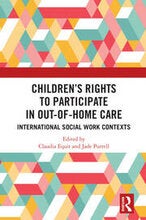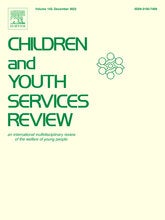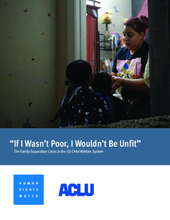Displaying 101 - 110 of 2464
There was a moment in Cara Courchene's life when reuniting with her children seemed out of reach.
There was a moment in Cara Courchene's life when reuniting with her children seemed out of reach. The child welfare system seems stacked against parents like her, but one Indigenous-led program has had remarkable success in trying to change that. In 98 per cent of cases, the Family Group Conference program either reunited children with families who love them, or prevented a child from entering the child welfare system in the first place.
Unless the treatment of a child makes headlines (for example, when a child dies), Americans rarely think about the agencies charged with child protection. So, the system that handles more than 3.5 million cases a year gets little public scrutiny, in part because the people most affected are poor.
Matthew Fletcher, a law professor at the University of Michigan, where he teaches and writes about federal Indian law and American Indian tribal law, discusses the Indian Child Welfare Act and the U.S. Supreme Court case that could weaken this law, and Native American sovereignty.
Linking adoption to abortion so casually, with no further elaboration, reveals a particular view of the world. The logic seems so clear: Lots of parents want to adopt babies, the babies who will no longer be aborted could be those babies. Two incredibly complex social issues, one easy almost-beautifully reductive solution. But of course, the reality isn’t so simple.
The U.S. Supreme Court is considering a challenge to the Indian Child Welfare Act, also known as ICWA, enacted in 1978 to put in place adoption protections for Native American and Alaska Native children. If those protections are overturned, it would make it easier for non-native families to adopt a native child.
In this U.S.-based study, the authors found that increasing the affordability of fostering a child could increase foster care capacity. They examine the impacts of changing economic conditions on the number of children in foster care.
This volume covers a broad spectrum of current research findings concerning the participation of young people in foster families and residential living groups in Australia, Canada, Germany, Ireland, Italy, Portugal, Norway, Sweden, and Switzerland as well as cross-nationals perspective on children and young people’s participation in foster and residential care placements in Great Britain and France.

This is the story of three people deeply touched by American safe haven laws.
Twenty-five years ago, President Bill Clinton signed the Adoption and Safe Families Act. Passed in 1997, with broad bipartisan support, ASFA reflected a genuine commitment to the well-being of children and concern over them spending long months and even years in different foster care homes. Adoption was positioned as a positive and permanent solution for children in temporary care placements. Today, adoption is in the news again, especially with the Supreme Court’s Dobbs decision, which ended the legal right to an abortion.
This Human Rights Watch report examines removals of children and termination of parental rights by state child welfare systems in the U.S., focusing primarily on four states: California, New York, Oklahoma, and West Virginia.


